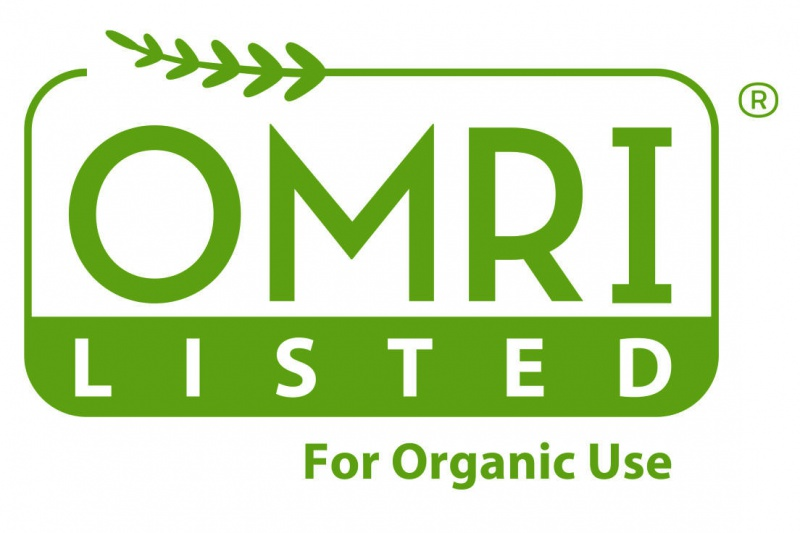Actualidad
Alternaria Leafspot and Head Rot on Broccoli
In an experiment at the Russel E. Larson Agricultural Research Farm we have alternaria leafspot and head rot on the leaves and heads of fall broccoli planted. It?s a common late-season disease. When we visited Brian Campbell Farms last year, Rachel Troyer, the food safety and integrated pest management manager, mentioned it as one of the major diseases that is very closely monitored on the farm?s 96 acres of broccoli. Alternaria leafspot and head rot on broccoli is commonly caused by a couple of fungi: Alternaria brassicicola and
08 July, 2021
Redaccion
In an experiment at the Russel E. Larson Agricultural Research Farm we have alternaria leafspot and head rot on the leaves and heads of fall broccoli planted. It?s a common late-season disease.When we visited Brian Campbell Farms last year, Rachel Troyer, the food safety and integrated pest management manager, mentioned it as one of the major diseases that is very closely monitored on the farm?s 96 acres of broccoli. Alternaria leafspot and head rot on broccoli is commonly caused by a couple of fungi: Alternaria brassicicola and Alternaria brassicae. Disease development is favored by cool temperatures and long periods (more than 9 hours) of high moisture. Fungal spores can be moved in a variety of ways: with wind currents, with splashing water, on equipment, on animals?including people, and in/on infected seed. Leafspot symptoms start off as small yellow spots on older leaves that develop into ? inch diameter or larger ?bull?s eyes? or ?targets? with concentric rings of varying shades of tan/gray/black. Alternaria head rot also starts off as yellow spots that turn brown and black. You will see black spores on spots on leaves or heads. Alternaria head rot can be confused with bacterial head rot.? Bacterial head rot starts off as water-soaked spots on the head. Spots are soft and have a very bad odor as the disease develops. There are some things you can do to minimize or avoid having this alternaria leafspot and head rot:- Practice a 2-3 year crop rotation away from brassicas to limit build-up of these fungi.- Manage weeds that are in the brassica family because they can be hosts for these fungi. Weeds include wild mustard, shepherd?s purse, hairy bittercress, field pepperweed, and field pennycress.- Promote leaf drying to help create an environment that is less suitable for the disease to establish. Practices include choosing sites with good air and soil drainage, orienting rows with prevailing winds, using drip irrigation, and avoiding overcrowding plants through close spacing- Treat seed with hot water to kill the fungus on the seed surface. Page E39 of the Commercial Vegetable Production Recommendations guide for Pennsylvania has information on how to do this. You need to be very precise with this technique for it to work. Buying seed that is heat treated or treated with other alternatives to heat from seed companies is ideal.- Soil incorporate crop residue immediately after harvest to minimize the amount of fungal spores that can be moved to healthy plants.- Research shows that the use of straw mulch can help minimize this disease. In general, it is difficult to manage this disease with fungicides because it appears during wet periods. In our field we had to wait almost a week before we were able to spray because of rainfall. This is from the Resource Guide for Organic Insect and Disease Management. Copper compounds are labeled, but have not been effective in recent studies (two poor results). The fungicide options below are from the Commercial Vegetable Production Recommendations guide for Pennsylvania. Use one of the following at the first sign of disease and continue every 7 to 10 days:- Azoxystrobin ? 6.0 to 15.5 fl oz 2.08F/A or other labeled formulations- Fontelis ? 14.0 to 30.0 fl oz 1.67SC/A- Cabrio ? 12.0 to 16.0 oz 20 EG/A- Endura ? 6.0 to 9.0 oz 70WG/A- Chlorothalonil ? 1.5 pt 6F/A or other labeled formulations- Ridomil Gold Bravo ? 1.5 lb 76.5WP/A (14-day schedule)- Switch ? 11.0 to 14.0 oz 62.5WG/A Materials with different modes of action (Fungicide Resistance Action Committee?FRAC code) should be rotated. ? Pictures1 - Alternaria head rot on broccoli. Notice the yellow/brown/black spots that make the heads unsaleable2 - Close-up of a lesion of an alternaria head rot spot Source and more pictures and linksPennState Extention Elsa S?nchez, Associate Professor of Horticultural Systems Management Email: esanchez@psu.edu William Lamont, Jr., Professor of Vegetable Crops Email: wjl1@psu.edu ?









